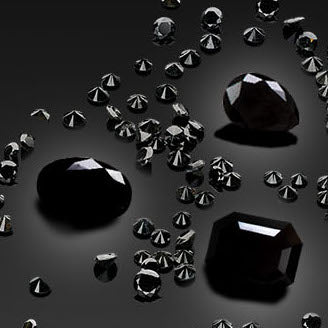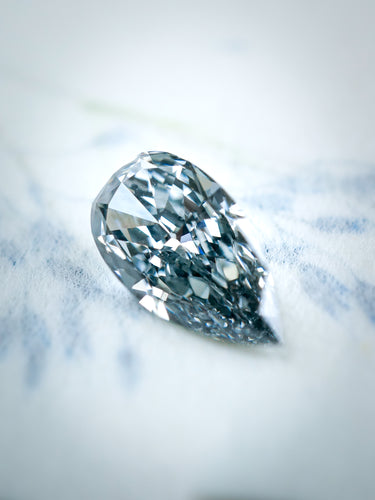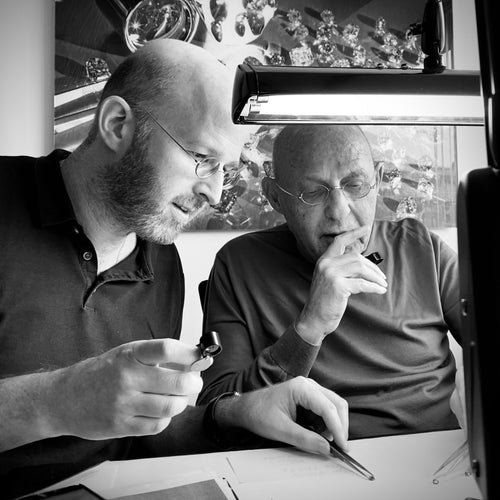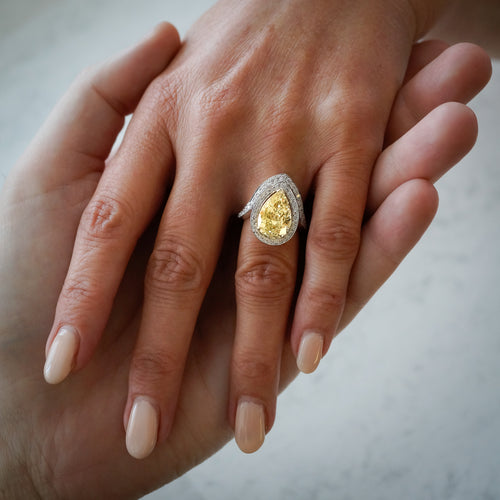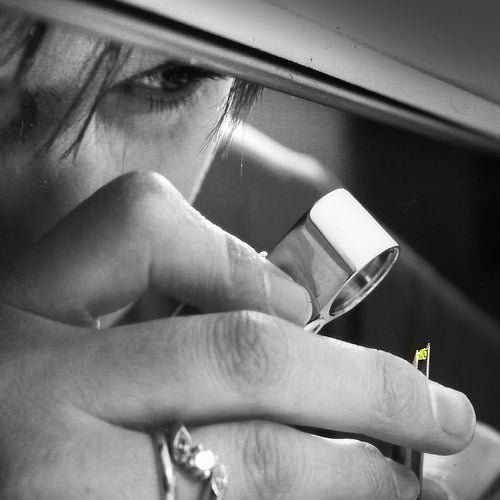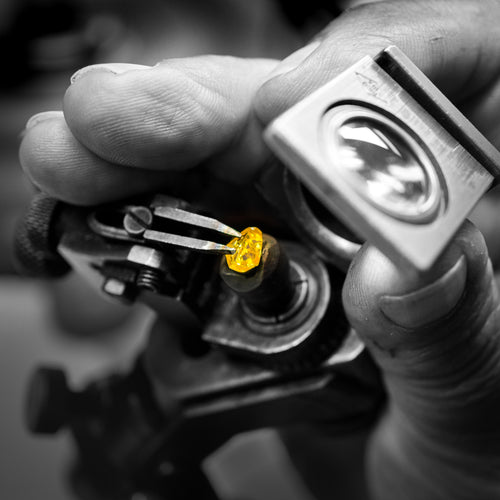Synthetic diamonds are created artificially from carbon. This process barely requires three weeks, compared to tens of thousands of years for natural diamonds. Only laboratories possessing leading-edge technology are able to detect these diamonds, which have exactly the same physical and chemical properties as natural diamonds. Laboratories deliver certificates for these stones.
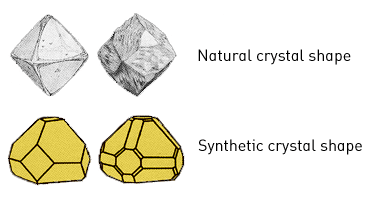
Different techniques are currently used to produce synthetic diamonds:
CVD (chemical vapor deposition): this technique was developed in the late 1960's and involves the propulsion of CO2 into plasma. The diamonds created with that process are low nitrogen type IIa crystals. They can be colorless, brown, faint pink, blue or black.
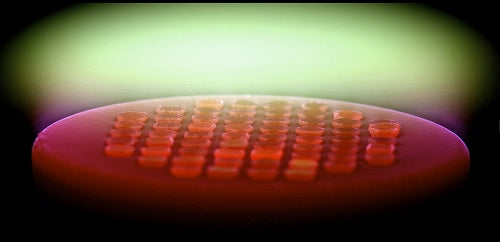
HPHT (high pressure high temperature): this is the best-known technique. HPHT subjects carbon atoms to very high temperatures and pressures, re-creating the geological conditions in which diamonds crystallize. Diamonds created using this technique are extremely similar to the "real thing" and one of the only ways to detect them is to use special equipment that can reveal the growth lines of the crystal. These lines are younger in synthetic diamonds than in natural diamonds and this can be seen. HPHT processes produce yellow and orange diamonds that can be quite large (0.5 to 3 carats). Another way to recognize a synthetic diamond is that it has very specific impurities which are different from the ones found in nature. Indeed, even the most perfect natural color diamonds have some minor blemishes invisible to the eye. These can be considered the signature of nature and it’s also for that reason that they are so unique.
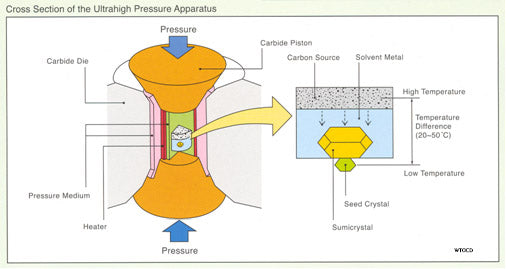
A third method exists: the DND (Detonation Nanodiamond). It consists of using a detonation to make diamonds. However, this recent technique only allows to produce tiny particles of diamond. Therefore, it is only used for industrial and medical purposes.

